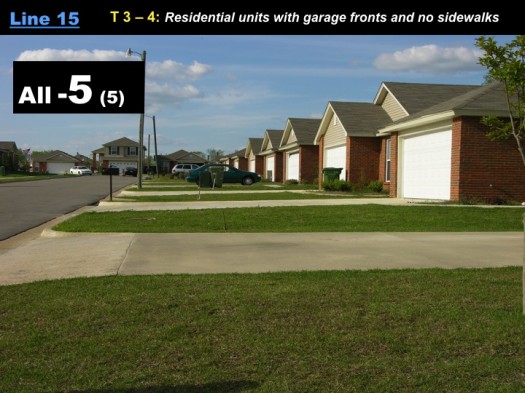A Placemaking Journal
Municipal Placemaking Mistakes 03: The importance of a meaningful vision
In our last post in this series, we covered the three steps of placemaking. The first of these steps, crafting a meaningful vision, is the most straightforward, yet it is also the most underleveraged.
It is underleveraged because communities do not understand its political implications. As a result they do not adequately invest in getting it right.
Mistake #3: Refusing to do the heavy lifting that is required in order to create a meaningful vision.
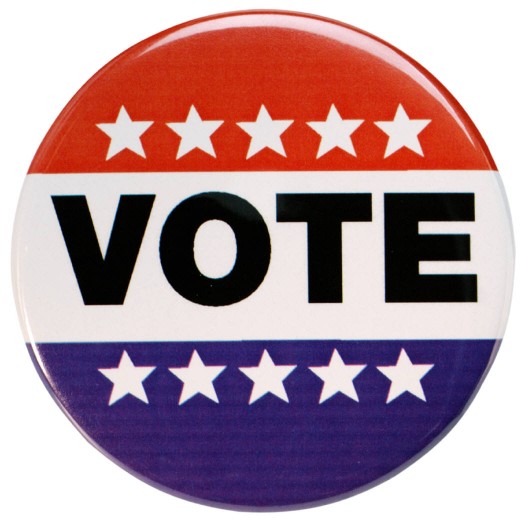
The political implications of the visioning process matter because real estate development, for better or worse, is a political act in the United States, regulated by the political process.
If you want the politics to work out in your favor, your first step needs to make use of two key techniques:
Multiple Scenarios. First, as it relates to the actual physical vision for your community (regardless of the scale — whether it is for the region, neighborhood or block), you need to produce multiple scenarios or options that are different and distinct. At the scale of the neighborhood it is typical for a community to show a scenario that reflects the status quo of a drive-only environment in juxtaposition to a scenario that is walk-able, bike-able, transit-able and drive-able.
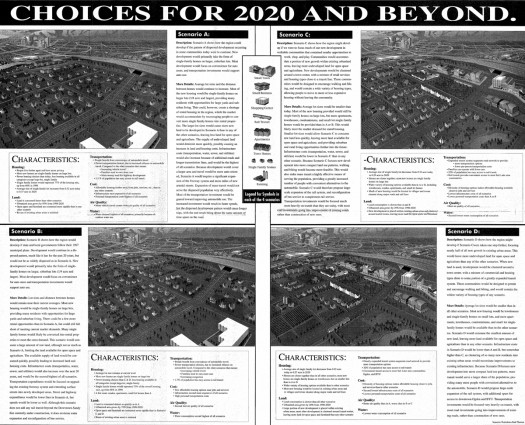
Comparative Impact Analysis. Second, you need to provide an analysis of the impact of each scenario through the prism of issues that are important to your community. The five most common types of comparative impact analyses are:
1. Economic. How much will the infrastructure cost to build and maintain under each scenario? What is the expected return on infrastructure investment under each scenario?
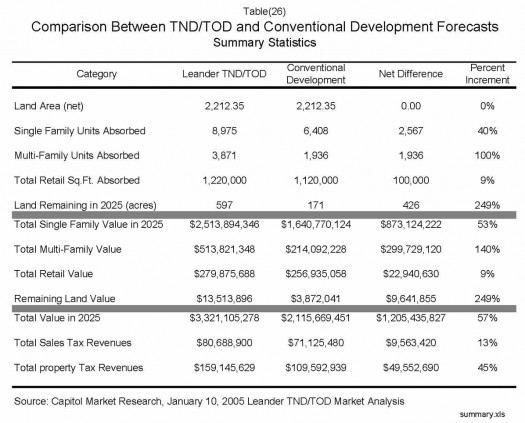
2. Environmental. How does each scenario perform from an environmental perspective? This can include expected impacts on air quality, water quality, resource consumption, agricultural land preservation, etc.
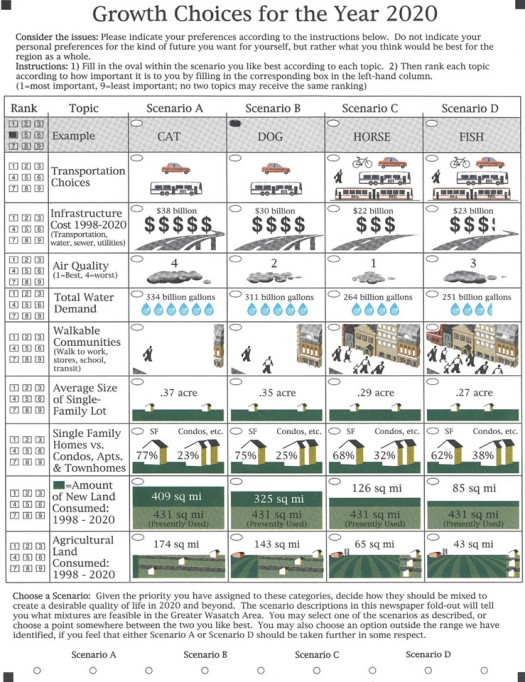
3. Health. How does each scenario impact the health of citizens? For example, to what degree will the scenario encourage or permit passive recreation such as walking or biking to your destinations? How will traffic safety be impacted? Consider securing the assistance of your local public health officials who might be familiar with Health Impact Assessment (HIA) techniques that have been created through the leadership of the Centers for Disease Control.
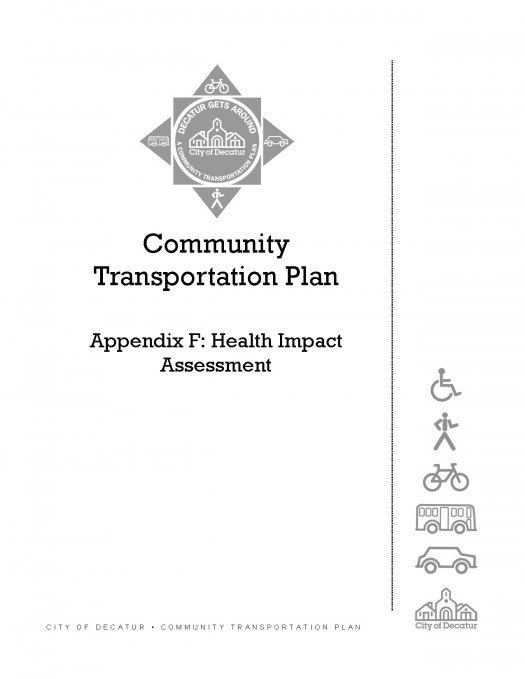
for their Transportation Plan.
4. Visual. Tony Nelessen created the Visual Preference Survey which allows citizens to take a brief survey that rates images of different scenarios on a scale of negative 10 to positive 10. This tool can help quantify the visual impact each scenario will have on the community.
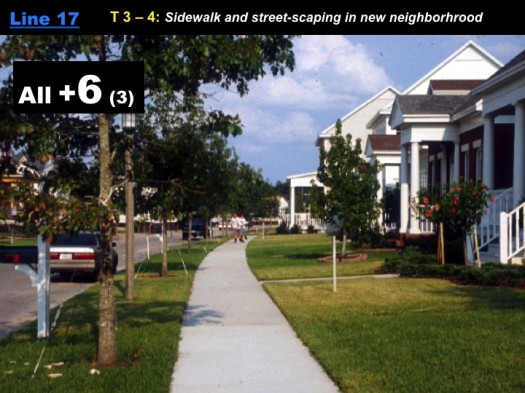
change its laws to make it easier to build the higher rated image.
5. Freedom/Access. How does each scenario impact the freedom of citizens for how they can get around the community? How many transportation options does each scenario produce, and how convenient or efficient are they?

Without offering multiple scenarios and the impact or ramifications of each scenario, how can anyone choose anything, let alone make an informed decision? Only being given one choice is no choice at all — even if you conduct 75 public meetings to ask the public what they think.
And even if you provide multiple choices, how meaningful can the choice be if it is uninformed due to the lack of comparative impact analysis?
While providing multiple scenarios and comparative impact analysis can improve the quality of your decisions, the overlooked benefit is the political power of those decisions, which manifests in two key ways:
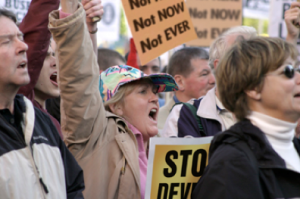
Non-NIMBY Empowerment. First, going through the hard work of producing a meaningful vision gives participating citizens a level of ownership that empowers them to fight for its protection when a development proposal seeks to undermine it — even when that citizen is not a neighbor. Empowering non-NIMBY opposition to development projects that violate the community’s vision is a powerful counterbalance to the normal balance of power in development issues (which favors the self-interested developer over the self-interested NIMBY).

Protection for Politicians. Second, going through the hard work of producing a meaningful vision gives politicians the political cover to safeguard it. For example, if a politician’s major campaign contributor happens to be a developer who is seeking to develop property in a manner that violates the community vision, do not count on that politician to employ the courage to push back. On the other hand, the politician is substantially more likely to exercise some backbone if he or she can explain to the developer the level of support that the vision has, and that there are reports that say that the vision will be better economically, environmentally and visually while improving the health of the citizens.
It may not be easy producing a meaningful vision, but it will prove the faster way to get you where you want to go, and be more resilient over the long haul, than neglecting this important step.
–Nathan Norris
Series Overview: Through a series of periodic posts, Nathan Norris will explore how cities hinder their own placemaking efforts, wasting time and money by investing in tools, policies and programs that deliver lousy results. In the process, we’ll be looking to you to help flesh out the content through examples, personal experiences and links to additional resources. The goal? A one-stop, crowdsourced primer for cities and towns seeking advantage in an ever-competitive world.
To view the entire series to date, click here.
If PlaceShakers is our soapbox, our Facebook page is where we step down, grab a drink and enjoy a little conversation. Looking for a heads-up on the latest community-building news and perspective from around the web? Click through and “Like” us and we’ll keep you in the loop.






